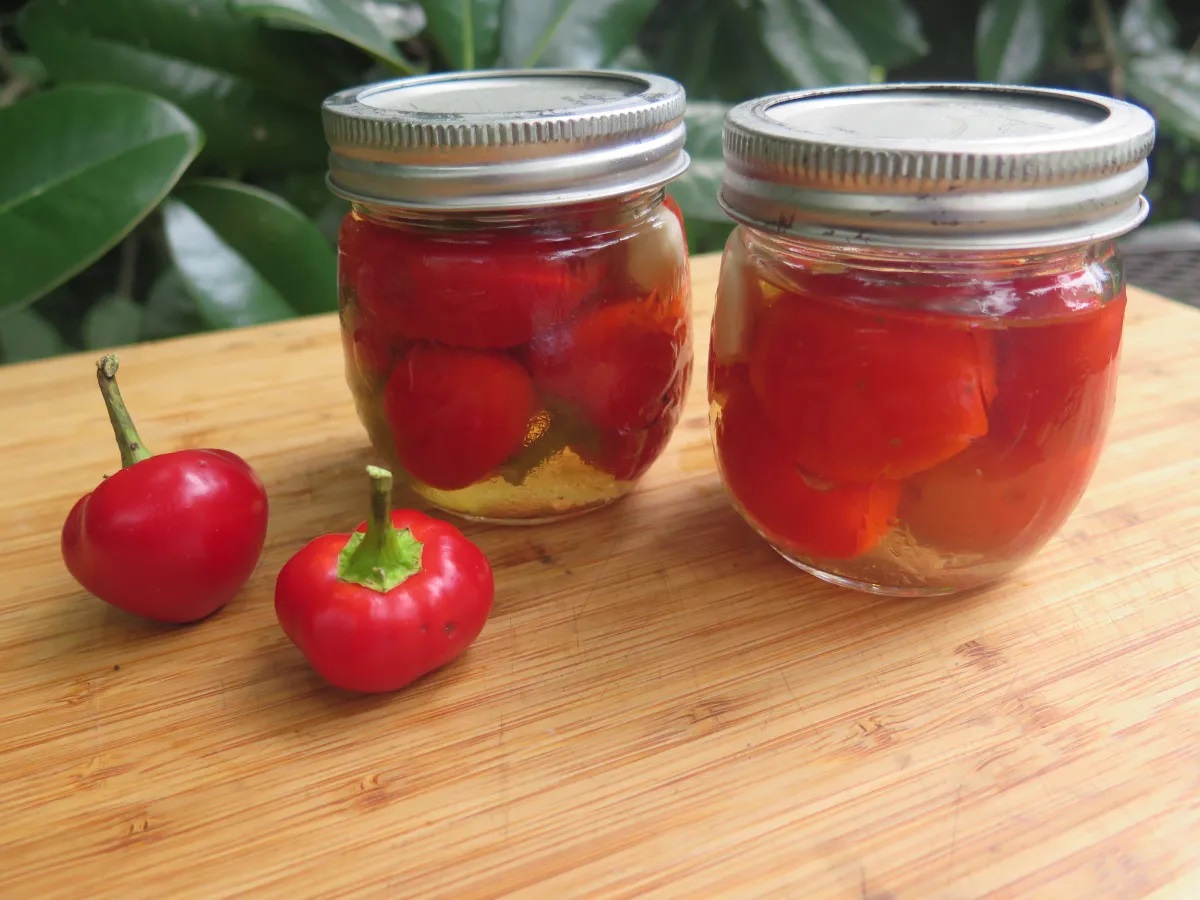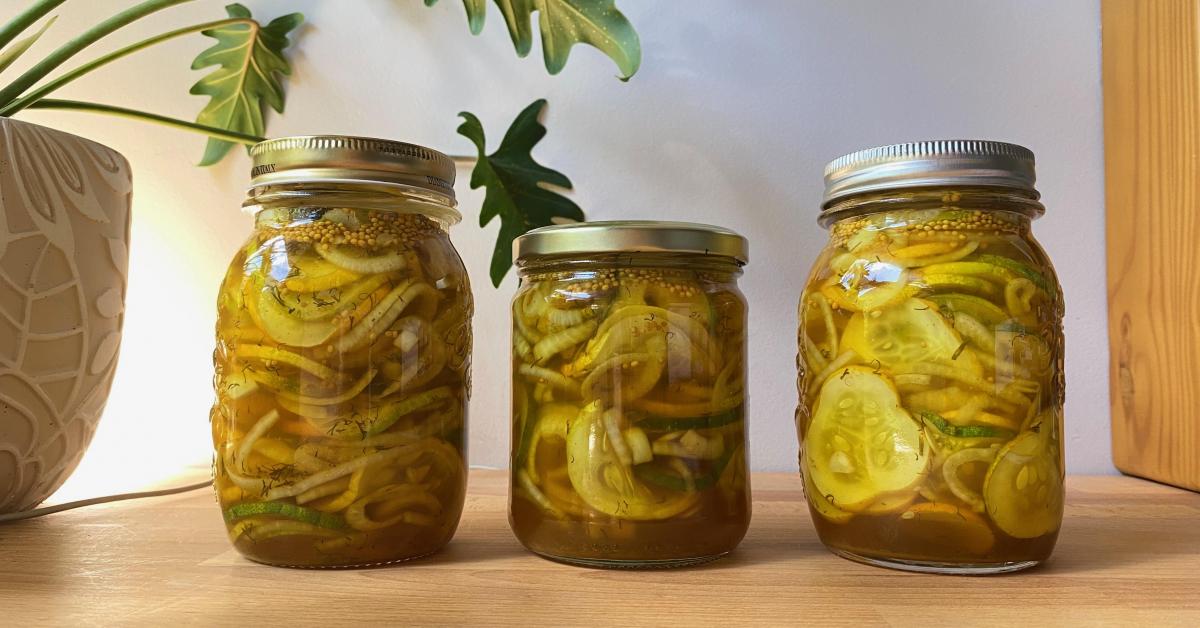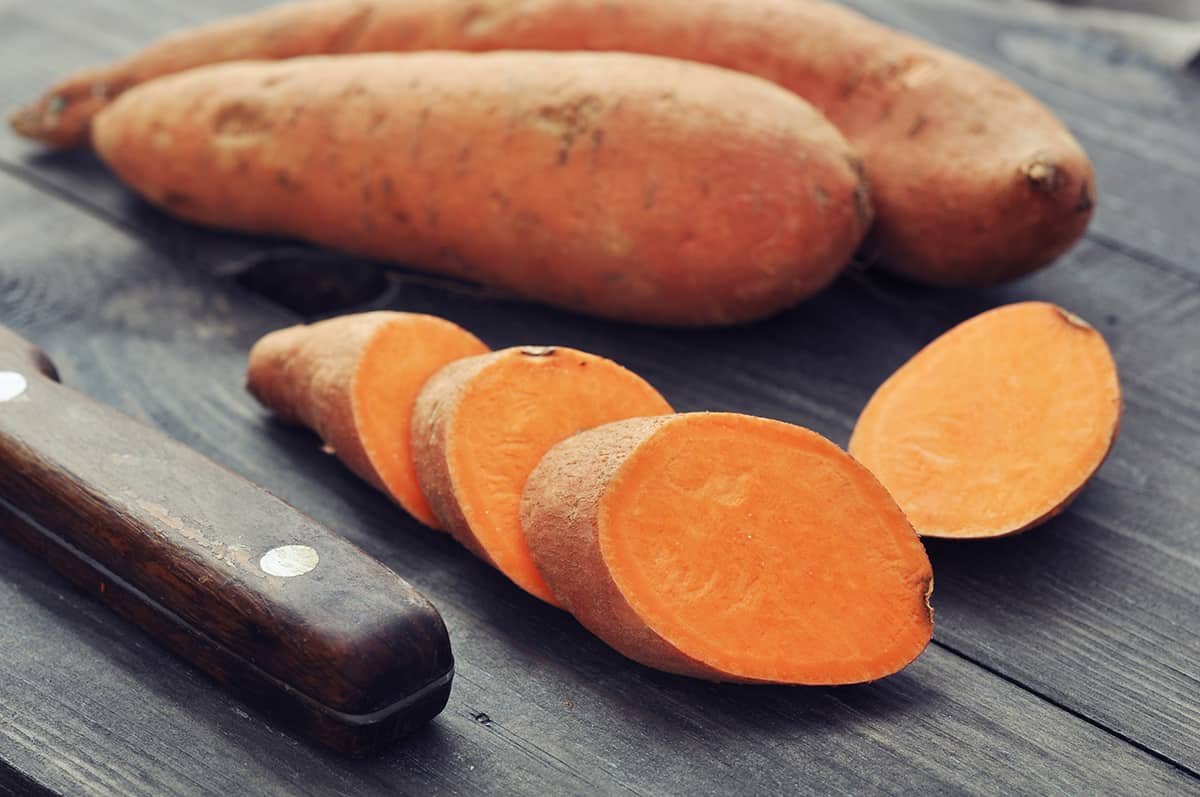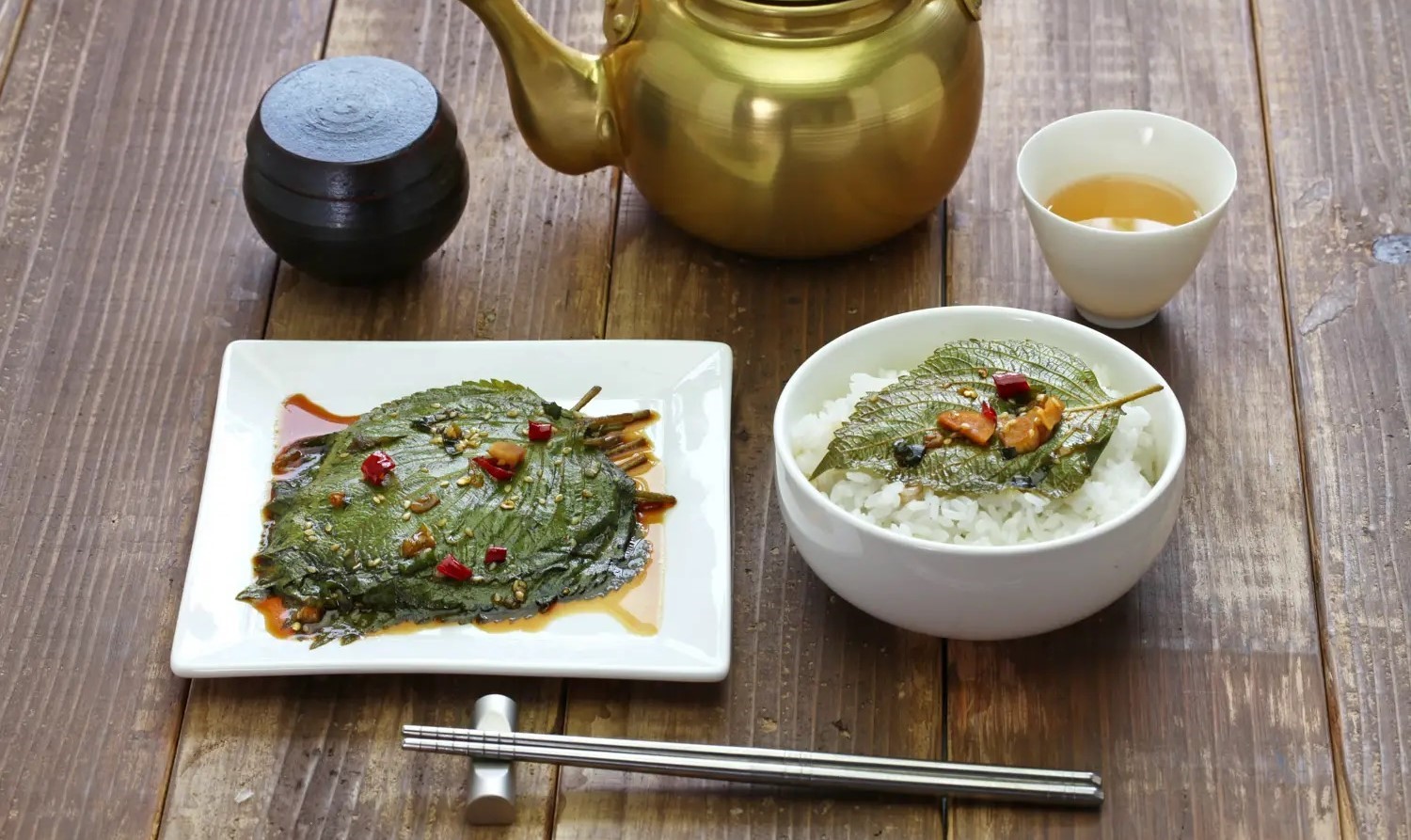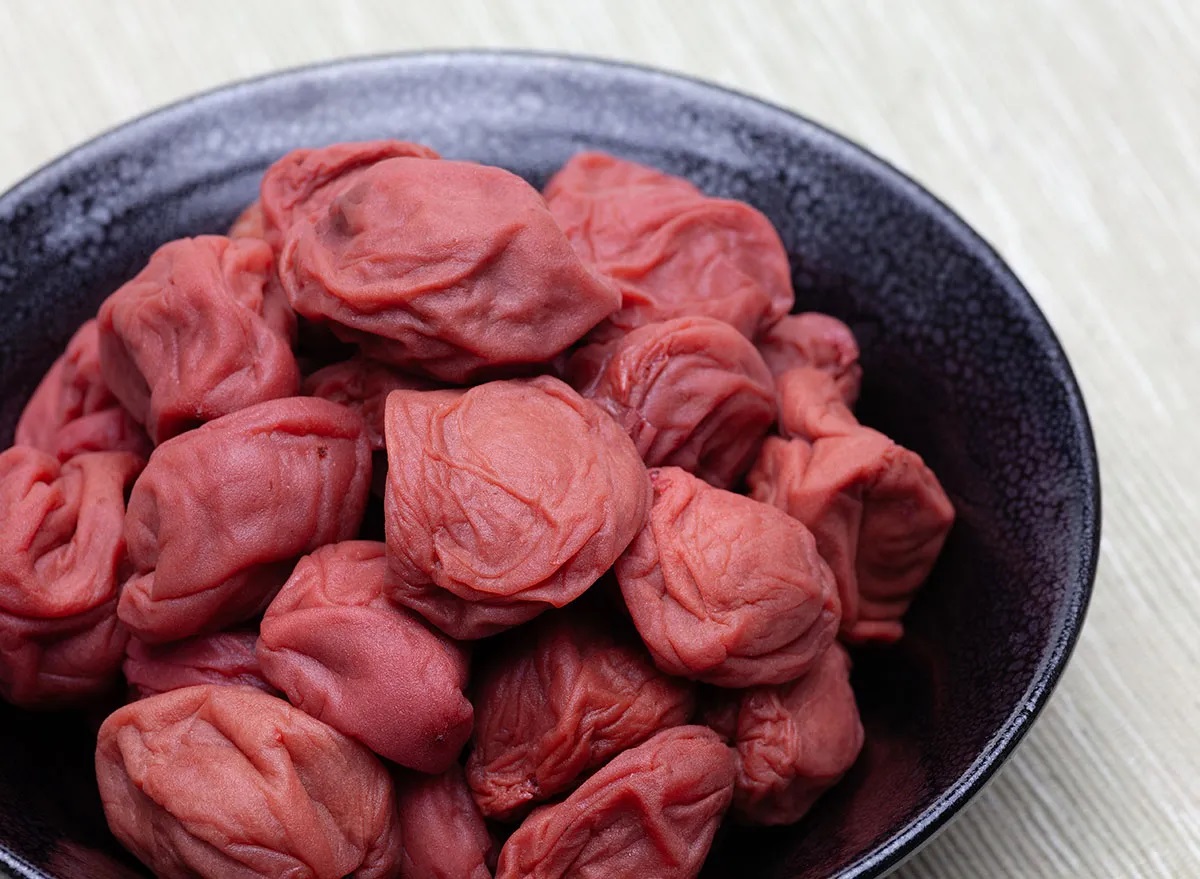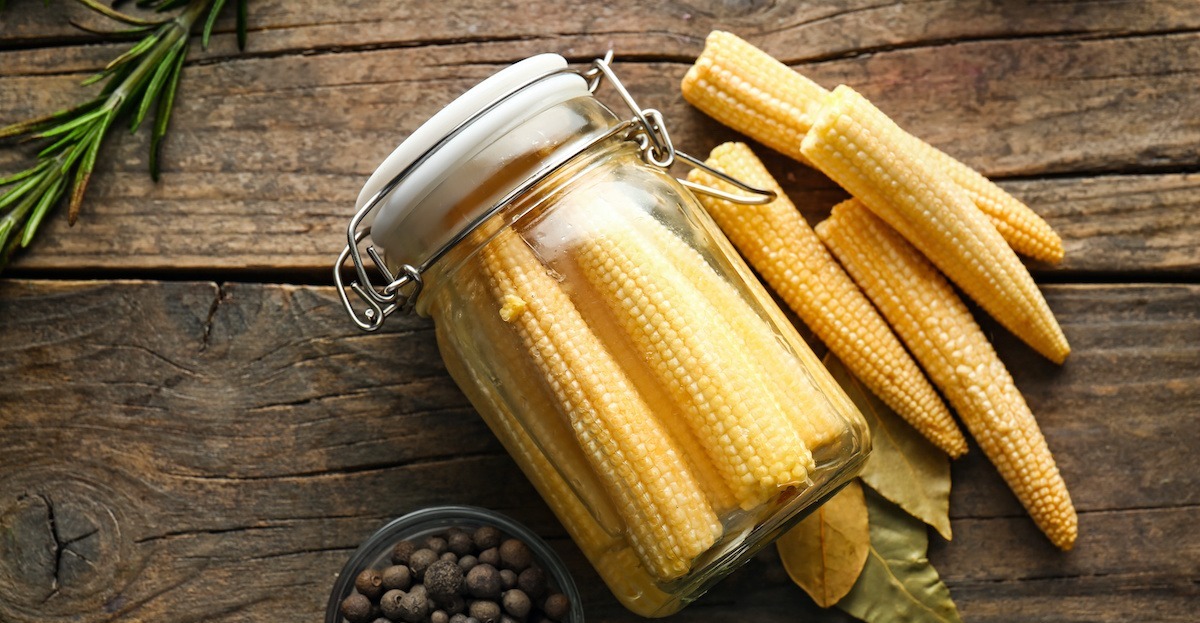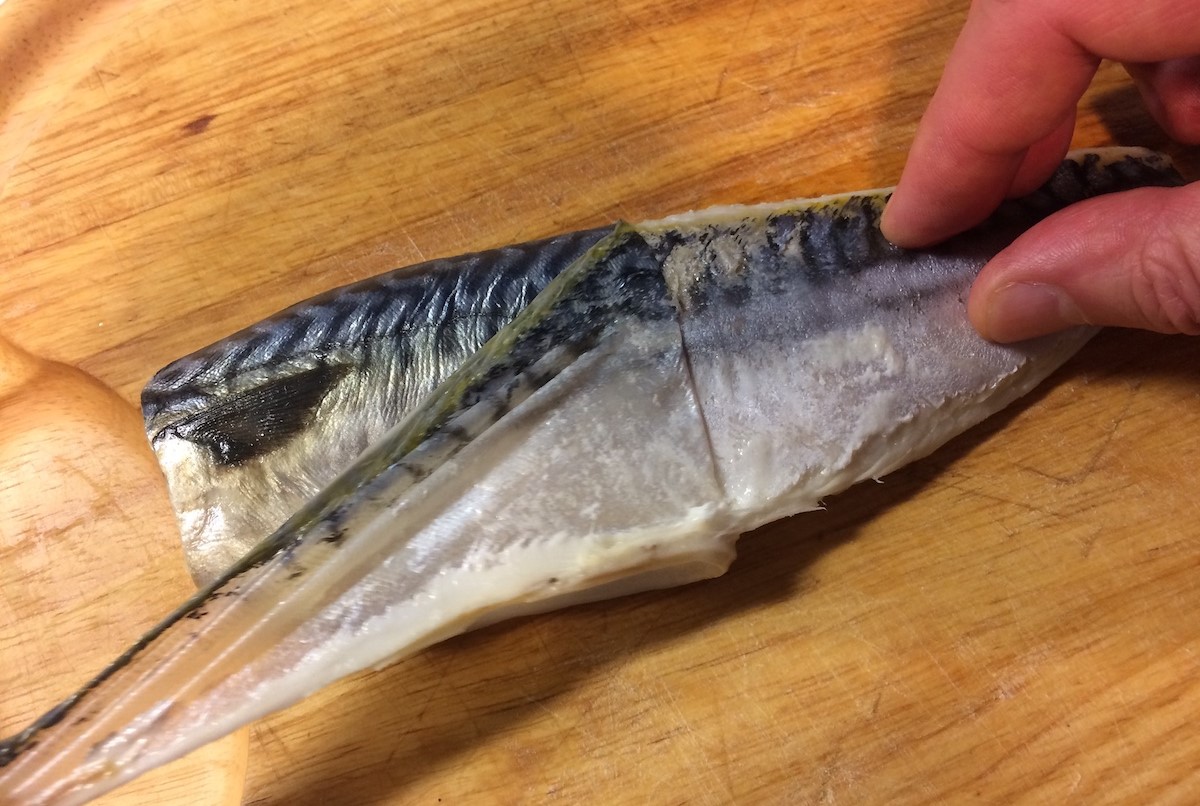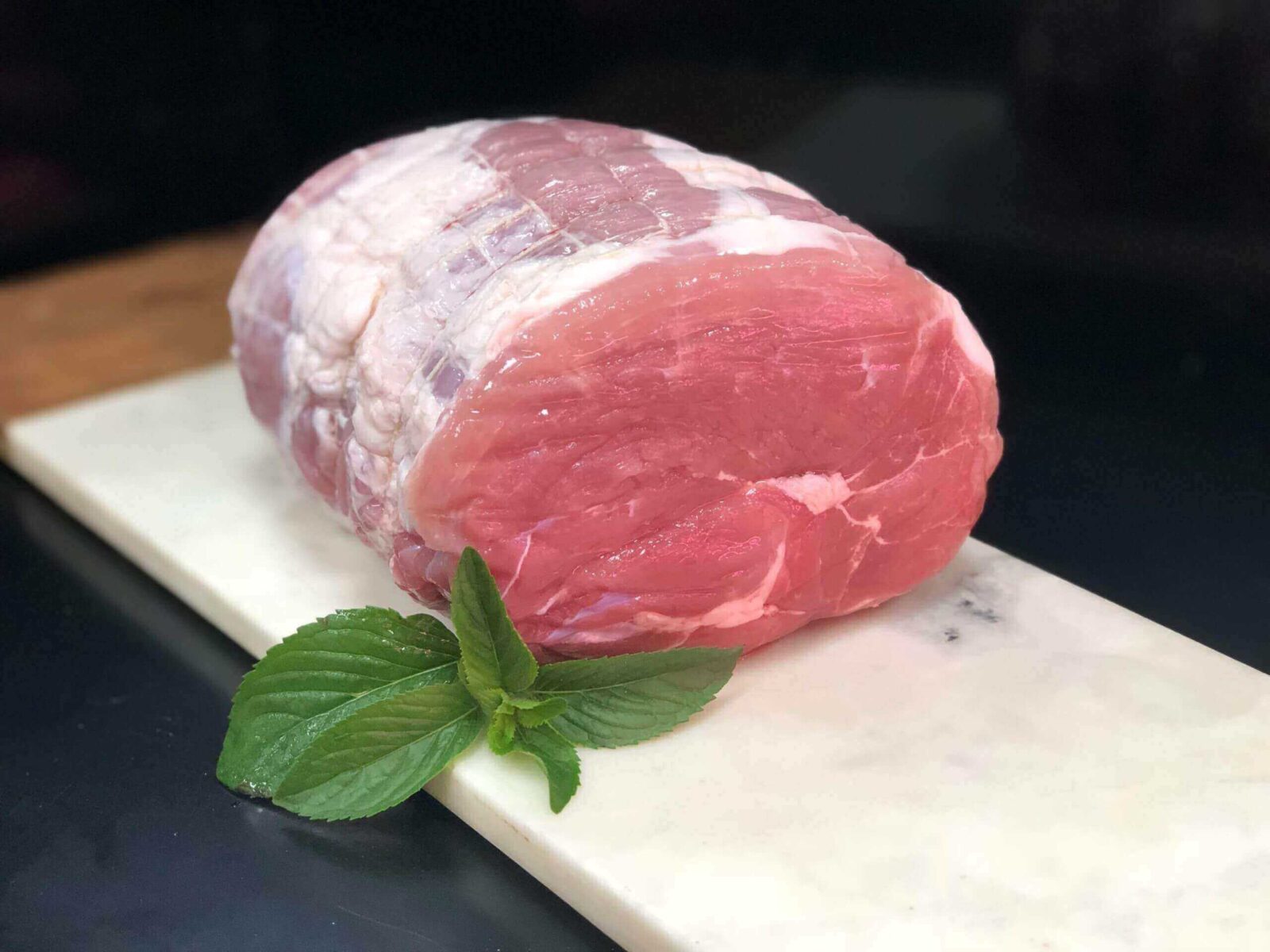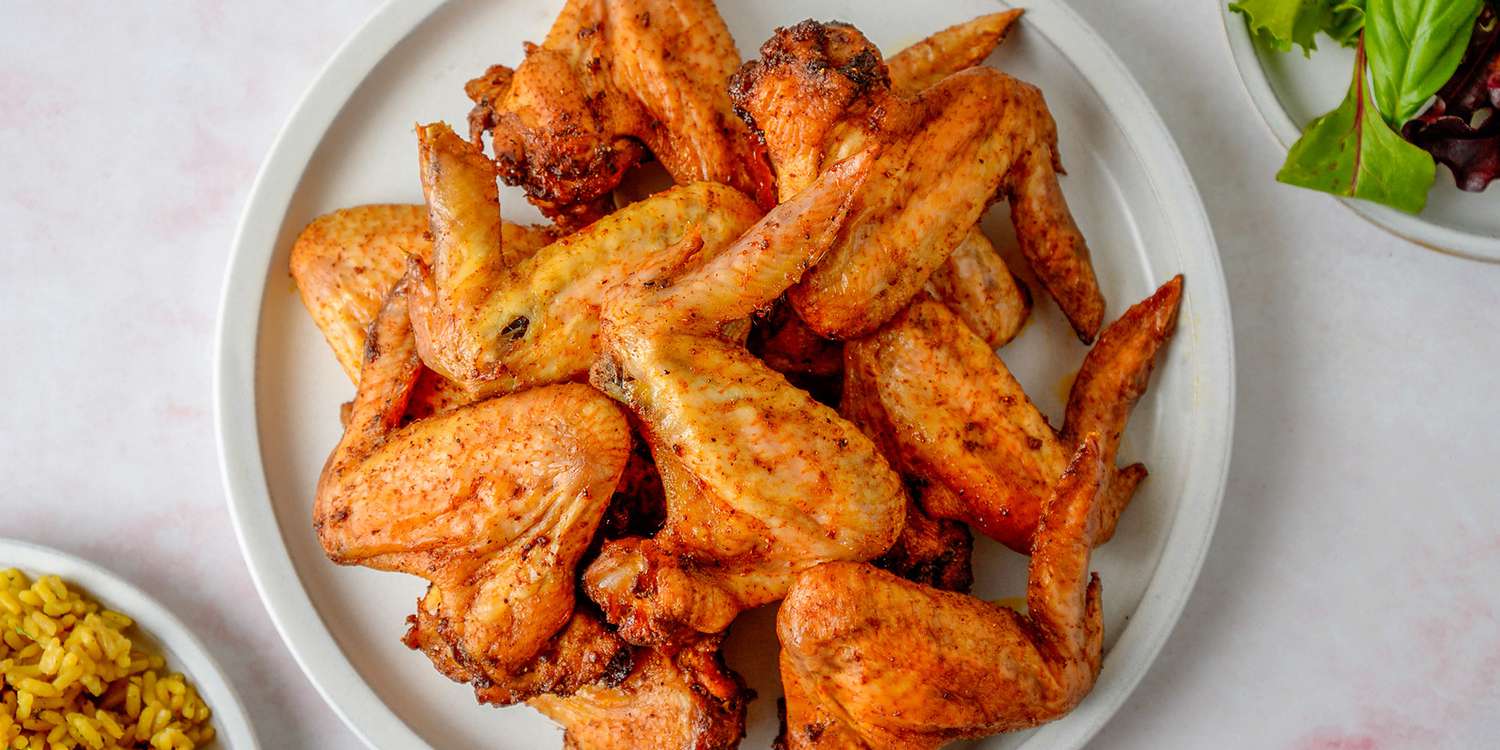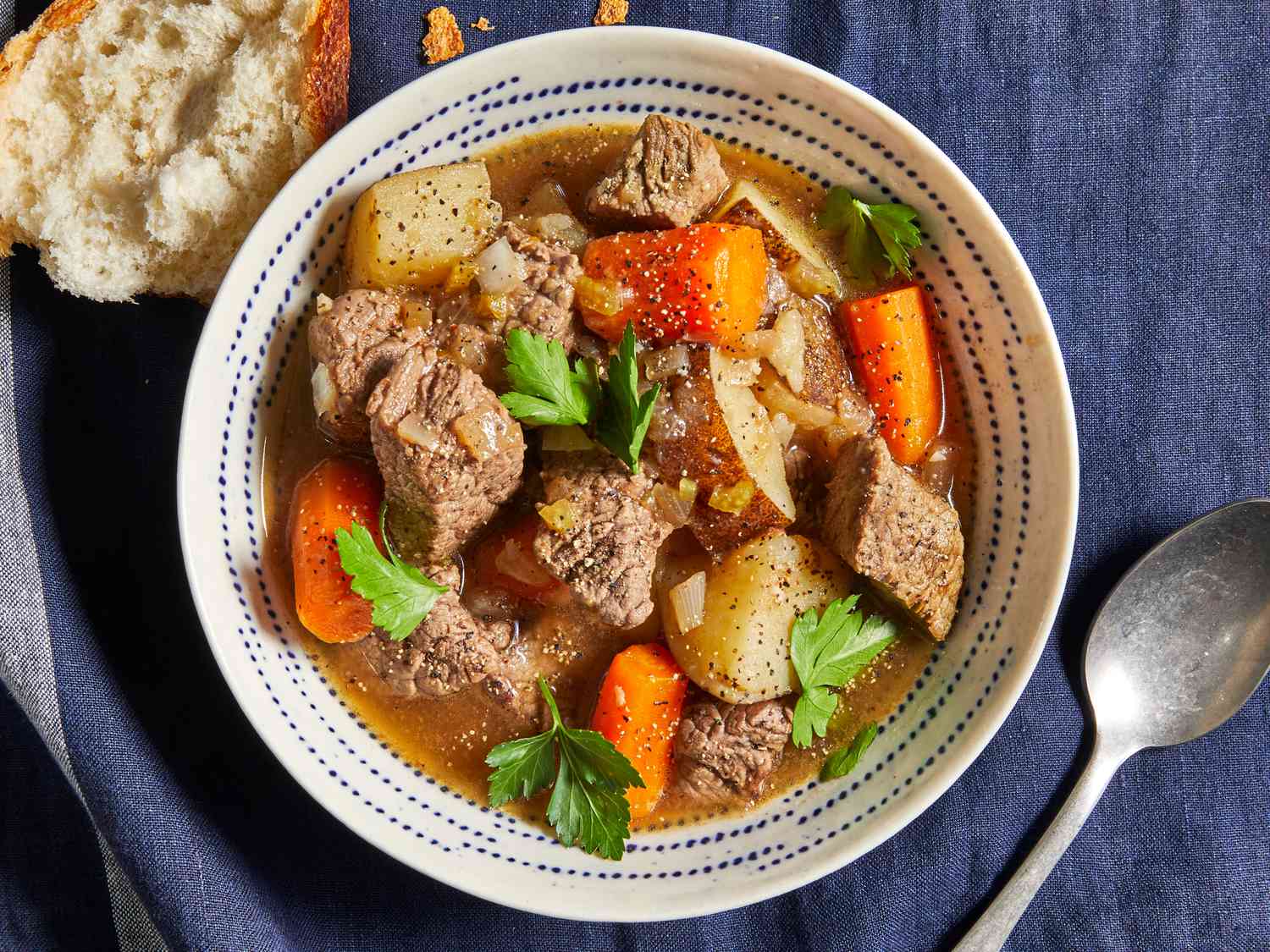Discover the Art of Pickling Without Vinegar
Are you a fan of tangy, crunchy pickles but want to try a different approach? Pickling without vinegar can open up a whole new world of flavors and textures. In this guide, we’ll explore the traditional method of pickling without vinegar and show you how to create delicious pickled vegetables using natural fermentation.
Understanding the Basics
Traditional pickling without vinegar involves using a salt brine to ferment vegetables. This process relies on the natural presence of lactic acid bacteria on the surface of the vegetables. As the vegetables ferment, the lactic acid bacteria convert the sugars in the vegetables into lactic acid, which preserves the vegetables and gives them their characteristic tangy flavor.
Choosing the Right Vegetables
Not all vegetables are well-suited for pickling without vinegar. Some of the best options include cucumbers, carrots, radishes, and cabbage. These vegetables have the ideal texture and flavor profile for fermentation. When selecting your vegetables, opt for fresh, firm produce that is free from blemishes.
Preparing the Brine
To create the brine for pickling without vinegar, you’ll need water and salt. The ratio of salt to water will depend on your personal preference, but a common ratio is 1 tablespoon of salt per cup of water. Dissolve the salt in the water to create a brine that will help facilitate the fermentation process.
Adding Flavor Enhancements
While the natural fermentation process will impart a delicious tangy flavor to your pickles, you can also add flavor enhancements to elevate the taste. Consider adding garlic, dill, peppercorns, or other herbs and spices to the brine to infuse your pickles with additional layers of flavor.
The Fermentation Process
Once you’ve prepared your brine and flavor enhancements, it’s time to begin the fermentation process. Place your vegetables and flavorings in a clean, sterilized jar, and then pour the brine over them, ensuring that the vegetables are fully submerged. Seal the jar and store it in a cool, dark place for the fermentation process to take place.
Patience is Key
During the fermentation process, it’s important to be patient. The length of time required for the vegetables to pickle without vinegar will vary depending on factors such as the ambient temperature and the specific vegetables being used. As a general guideline, most pickles will be ready to eat within one to two weeks.
Enjoying Your Homemade Pickles
Once the fermentation process is complete, it’s time to enjoy the fruits of your labor. Your homemade pickles can be enjoyed straight from the jar, added to sandwiches and salads, or served as a tangy accompaniment to your favorite dishes. Store any remaining pickles in the refrigerator to prolong their shelf life.
Experiment with different vegetables, brine ratios, and flavor combinations to discover your favorite variations of pickles without vinegar. With a bit of experimentation and patience, you can create a delectable array of homemade pickled vegetables that are bursting with flavor and nutrition.
So, if you’re looking to expand your culinary horizons and explore the world of pickling without vinegar, give this traditional method a try. You’ll be rewarded with delicious, tangy pickles that are perfect for snacking, entertaining, and adding a flavorful twist to your meals.
In the article about pickling without vinegar, readers can dive into several exciting recipes like Fermented Dill Pickles, Fermented Sauerkraut, and Fermented Kimchi to master the art of fermentation. For those looking to experiment further, making Fermented Carrot Sticks and Fermented Radishes will add a crunchy twist to their repertoire. Fermented Jalapeños are a must-try for spice lovers, offering a zingy addition to any dish. And for a unique twist, Fermented Brussels Sprouts and Fermented Broccoli are perfect for those wanting to explore different flavors. Each of these recipes provides a hands-on way to appreciate the depth and complexity of fermented foods, making them a rewarding choice for any home chef.
Was this page helpful?
Read Next: How To Pickle With Vinegar

